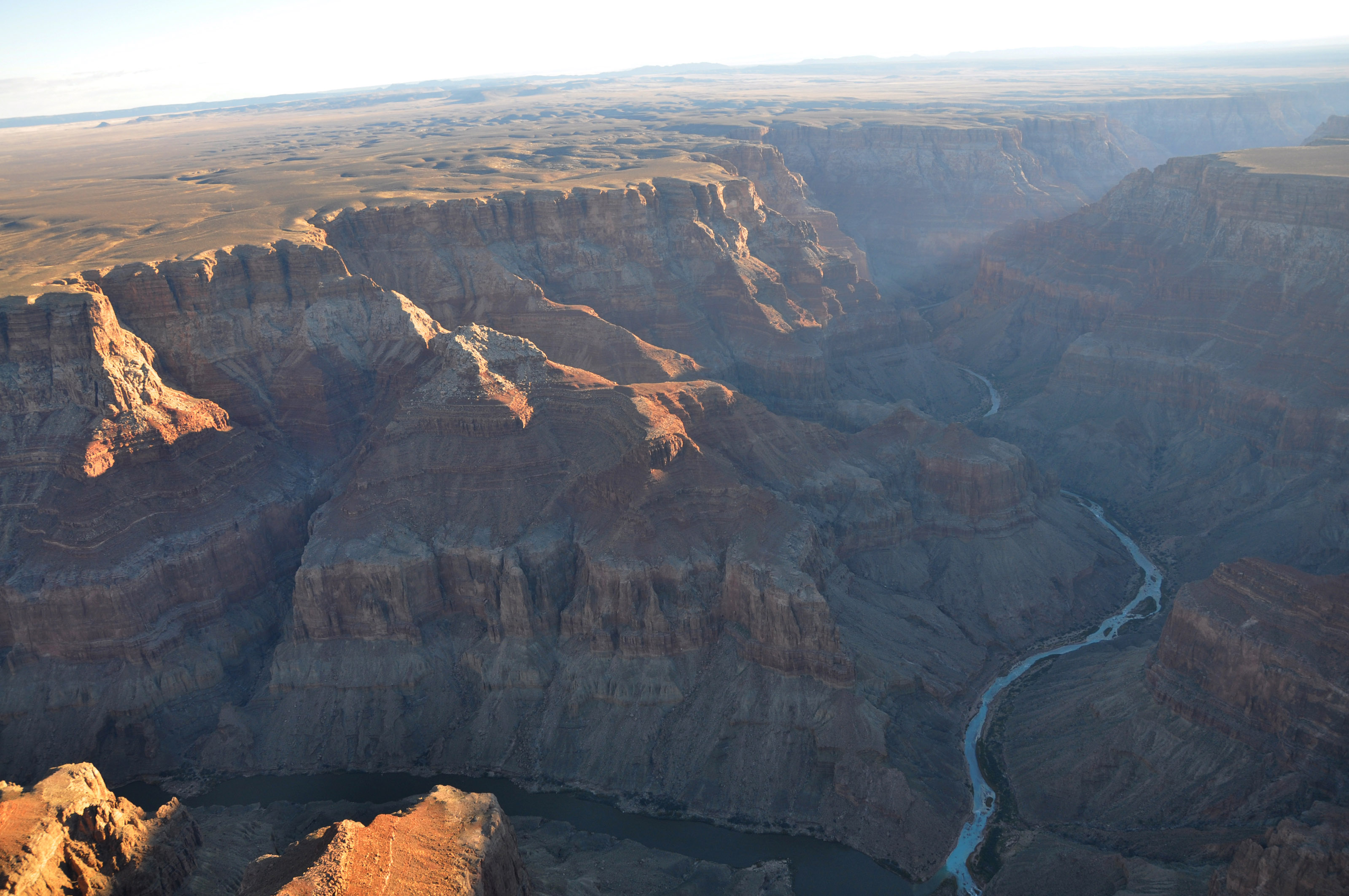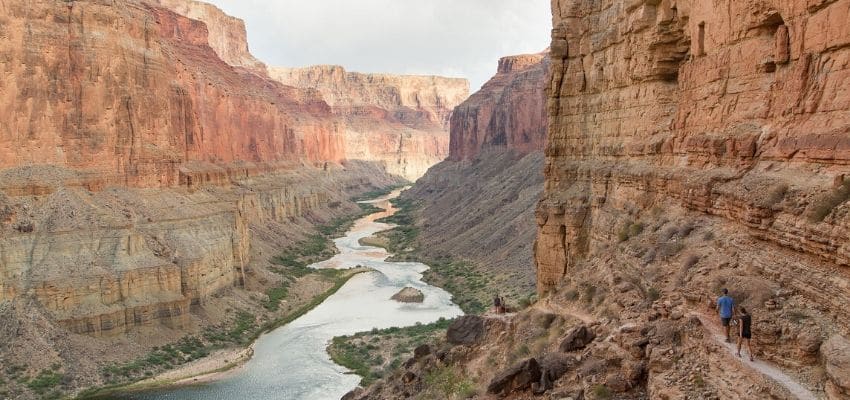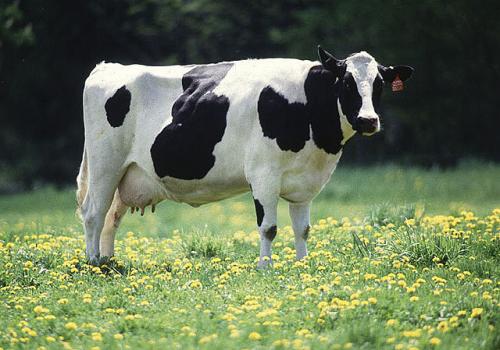The story begins almost two billion years ago with the formation of the igneous and metamorphic rocks of the inner gorge. Limestone contains large amounts of formerly organic material such as plants shells and clams.
 Geology Grand Canyon National Park U S National Park Service
Geology Grand Canyon National Park U S National Park Service
Sandstone is compacted sand like you can find at a beach.

What formed the grand canyon. The Origin of the Grand Canyon SUMMARY. The top step of this staircase is the North Rim of the Grand Canyon and the Kaibab Limestone a Permian formation packed with marine fossils that serves as the hard protective layer of the Kaibab Plateau and the soft sandstones and shales that make up the red and orange walls you will see when hiking in Grand Canyon. The Grand Canyon of the Colorado River is a world-renowned showplace of geology.
The Largest Canyons In The World Grand Canyon Dont forget to subscribe and like my channelthanks for watchinginstagram. The Colorado River enters the canyon at about 2800 feet of elevation. Grand Canyon is the result of a distinct and ordered combination of geologic events.
This video will give you a Straight To the point information answer solution of. How Were The Canyons Formed. Theodore Roosevelt created the Grand Canyon Game Preserve by proclamation in 1906 and Grand Canyon National Monument in 1908.
What river formed the Grand Cany. The top of the canyon is between 6000 and. How old are the sedimentary rocks for the Grand Canyon.
WHAT RIVER FORMED THE GRAND CANYON. Over a billion years ago what is now the Grand Canyon was underwater. How Was The Grand Canyon Formed.
The Grand Canyon The Grand Canyon is located in the state of Arizona The Grand Canyon was formed at least 17 million years ago by the Colorado River The highest point of the canyon can reach over 600 feet tall There are several activities one can do around and in the canyon like rafting hiking and horseback riding 5. It was the geologic uplift of the Colorado Plateau that moved this layer to its current elevation. The Grand Canyon Supergroup.
What Formed the Grand Canyon. Grand Canyon Geology and Age Grand Canyon Geology. Scientists estimate the canyon may have formed 5 to 6 million years ago when the Colorado River began to cut a channel through layers of.
The few fossils that are. They are from the late Proterozoic only slightly younger than the metamorphic basement rocks. The middle rock set the Grand Canyon Supergroup is primarily sandstone and mudstone both sedimentary rocks with some areas of igneous rock.
Shale begins as mud and gets compacted to form a flakey type. Grand Canyons excellent display of layered rock is invaluable in unraveling the regions geologic history. It was covered by an ancient ocean that was home to numerous prehistoric animals.
Grand Lake and Hopi Lake. The Grand Canyon National Park. This phenomenon shows how consistent weathering and erosion over a long period of time can radically shape the earth.
Although it is now 7000 feet above sea level this layer was formed due to deposition from an ocean full of fish brachiopods and other marine life. There is geological evidence that at one time there were two lakes that have been named. At 250 million years old the Kaibab limestone is the youngest geologic layer found in the Grand Canyon.
Geologic studies in the park began with the work of John Strong Newberry in 1858 and continue today. Geologists now admit that they do not know how the Grand Canyon formed but for the last 140 years they have insisted that the Colorado River carved the canyon over millions of years and somehow removed the evidence2 Figure 43 on page 110 describes two obvious problems with that idea. The Grand Canyon is a mile-deep and was carved by the Colorado River over millions of years.
These rocks do not contain many fossils because they formed before complex life on Earth was common. Tiny pieces of rocks and soil called. Above these old rocks lie layer upon layer of sedimentary rock each telling a unique part of the environmental history of the Grand Canyon region.
The Grand Canyon is a mile-deep gorge in northern Arizona.
